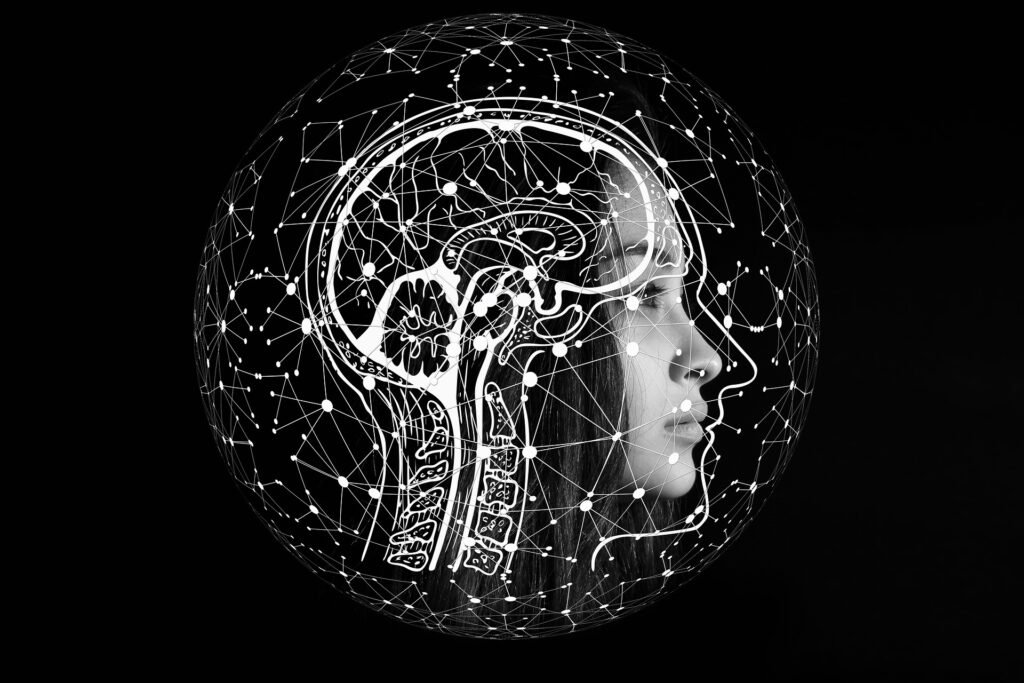A Beginner’s Guide to Understanding Artificial Intelligence: Types, Functions, and Neural Networks
Artificial Intelligence (AI) is a revolutionary field that aims to create machines capable of performing tasks that typically require human intelligence. In this article, we’ll explore the various types of AI and delve into the fundamentals of how AI works, including learning equations and neural networks.
Types of AI:
- Narrow/Weak AI:
- This type of AI is designed to perform a specific task or a set of tasks. Examples include virtual personal assistants like Siri and Alexa, which are adept at natural language processing and voice recognition.
- General/Strong AI:
- General AI has the ability to understand, learn, and apply knowledge across a wide range of tasks, similar to human intelligence. Achieving true general AI is an ongoing challenge in the field.
- Machine Learning (ML):
- Machine Learning is a subset of AI that focuses on enabling systems to learn and improve from experience. ML algorithms allow machines to make predictions or decisions without explicit programming.
How AI Works:
At the heart of AI lies the concept of machine learning, where algorithms are trained on vast datasets to make predictions or decisions. The learning process involves adjusting parameters based on feedback, ultimately improving performance over time.
Learning Equations:
- Linear Regression:
- One of the simplest forms of machine learning, linear regression models the relationship between a dependent variable and one or more independent variables. The equation for a simple linear regression is:cssCopy code
y = mx + bwhere:yis the dependent variable,xis the independent variable,mis the slope of the line, andbis the y-intercept.
- One of the simplest forms of machine learning, linear regression models the relationship between a dependent variable and one or more independent variables. The equation for a simple linear regression is:cssCopy code
- Logistic Regression:
- Logistic regression is used for binary classification problems. The logistic function is applied to the linear combination of input features to produce a probability output between 0 and 1. The equation is:cssCopy code
P(Y=1) = 1 / (1 + e^-(mx + b))
- Logistic regression is used for binary classification problems. The logistic function is applied to the linear combination of input features to produce a probability output between 0 and 1. The equation is:cssCopy code
Neural Networks:
Neural networks are a fundamental component of AI, inspired by the human brain’s structure. A neural network comprises layers of interconnected nodes, known as neurons, organized into input, hidden, and output layers.
- Feedforward Neural Network:
- In a feedforward neural network, information flows in one direction—from input to output. Neurons in each layer are connected to neurons in the subsequent layer, with weights determining the strength of connections. The output is calculated using activation functions.
- Backpropagation:
- Backpropagation is a key training algorithm for neural networks. It involves adjusting the weights of connections backward from the output layer to the input layer based on the error calculated during the forward pass. This iterative process fine-tunes the network’s parameters for better accuracy.
- Activation Functions:
- Activation functions introduce non-linearity to the neural network, allowing it to learn complex patterns. Common activation functions include:
- Sigmoid: Converts input values to a range between 0 and 1.
- ReLU (Rectified Linear Unit): Outputs the input for positive values and zero for negative values.
- TanH: Similar to sigmoid but maps values to a range between -1 and 1.
- Activation functions introduce non-linearity to the neural network, allowing it to learn complex patterns. Common activation functions include:
Making AI Accessible:
Understanding AI requires breaking down complex concepts into simpler terms. Analogies, such as comparing a neural network to a decision-making process, can help demystify these advanced technologies.
In conclusion, AI is a multifaceted field with diverse applications, ranging from voice assistants to complex image recognition systems. Learning equations and neural networks provide a glimpse into the underlying mechanisms driving AI advancements. As technology evolves, grasping the basics of AI empowers individuals to appreciate its impact on our daily lives. Whether you’re intrigued by the algorithms powering recommendation systems or fascinated by the potential of general AI, the journey into the world of AI starts with understanding its fundamental concepts.
